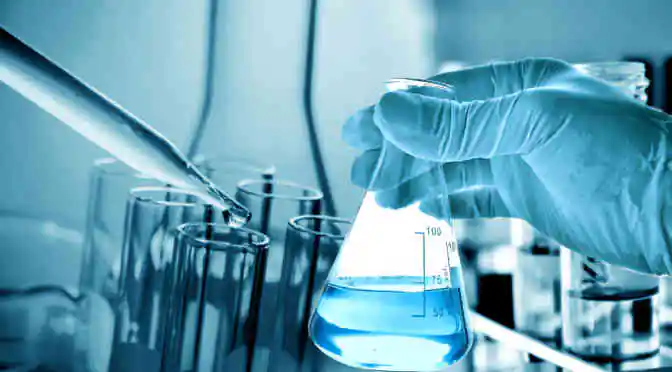It wasn’t so long ago that we discussed the effects of high food demand and dwindling arable land on the global pesticides market.
As governments worldwide take steps to ban harmful crop protection products, a lot of innovation and research is taking place in the global agroscience market.
This innovation is expected to help the market reach $42.35 billion by 2019, growing at a CAGR of 12.25%.
And while the biostimulants and biopesticides segments will both experience growth through the forecast period, the GM seeds segment is by far the largest and strongest piece of the pie.
GM: The good, the bad and the ugly
Genetically modified organisms, or GMOs have been a polarizing issue in agriculture since the first GMO crop was approved by the FDA in 1994.
These organisms contain a genetic structure that can be altered or enhanced by genetic engineering techniques, in order to produce more agriculturally desirable traits. For instance, genetically modified corn plants are altered with the DNA of pesticide-resistant bacteria to prevent the plants from being eaten by bugs.
The idea GM seeds is that by developing pest-resistant crops, we should be able to decrease costs and increase yields.
However increased use of the seeds have not exactly had a widespread, positive effect on global food security.
According to the Suzuki Foundation, although the plants are more resistant to pests the pests are also getting more resistant, necessitating higher pesticide use. Additionally, the safety of GMO foods remains unproven, and “a growing body of research connects these foods with health concerns and environmental damage.”
But despite the relatively severe warnings against GM seeds from environmental activists, they’re still being aggressively promoted as a way to increase both crop productivity and revenue. And the promotion is working—the adoption of GM seeds has increased threefold compared to non-GM seeds over the past few years, and the cultivation of biotech crops increased from 2 million ha in 1996 to 181.5 million ha in 2014.
Focus on organic farming will help boost biostimulant segment
GM seeds are expected to maintain their massive market share well beyond the forecast period, but increased emphasis on organic farming will boost demand for biological pest control products over the same period.
Biostimulants (renewable compounds) are considered organic as they are formed with organic raw materials such as brown seaweeds. This segment of the global agroscience market is expected to grow at a CAGR of 13.03% from 2014-2019.
And while this growth won’t come anywhere close to unseating GM seeds, it will chip away at the latter’s market share through the forecast period.
Want full market details in less than a minute? Subscribe to Technavio’s YouTube channel:



